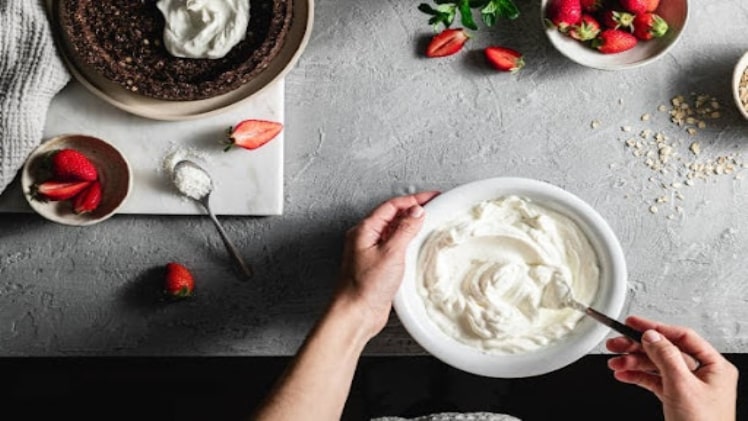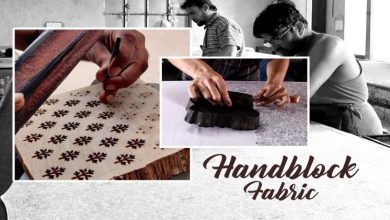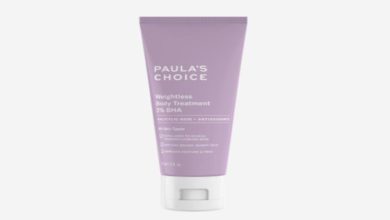
If you are among those people who love to have a large portion of whipped cream in their desserts, drinks or pastry but believe that for dietary or health reasons it should be avoided, you definitely need to re-think the whole idea about what whipping cream really is. In fact, there are a lot of new studies that encourage a healthy, moderate intake of saturated fats like those found in the delicious whipping cream. While many people have whipping cream at the top place of their ‘forbidden food’ list, and think that this mixture is only composed of fats, suggars and highly processed elements, the truth is that there are a lot of benefits derived from a balanced consumption of this popular ingredient.
In this article, we have compiled the most relevant information about whipping cream and the results might be a sweet surprise for you. So keep on reading and find out what your favourite fluffy mixture is made from.
The link between milk and whipping cream
Although it is true that some available recipes of whipped creams are filled with sugar or artificial sweeteners or flavourings, the original mixture that everyone loves is by no means an unhealthy component, so, you don’t need to call it a ‘guilty pleasure’ anymore. As you have heard before with so many foods, quantity is key to keep the calories at bay, and whipping cream is not an exception to this rule. This creamy additive has its origins in the raw dairy milk, although it has a higher fat percentage that ranges around 30 and 35% of fat, compared to milk that only has a little over 3%. Thanks to the increased fat content that we find in whipping cream, it is possible to have the amazing fluffy texture, as it tends to aerate very easily.
What you need to create whipping cream
Before making the whipping cream it is necessary to have whole milk that meets certain criteria, meaning that it must pass a quality control check. Among the features that an acceptable cream must have to be used for a whipping cream production process, we can mention a limited amount of heat-resistant bacteria, since an excess can result in an unstable mixture and it is not viable. Another restriction is the presence of copper in the raw milk, which is not allowed at all, due to the sour taste that can add.
The process
In order to obtain pure cream that can be used for making whipping cream, it is necessary for the milk to undergo a pasteurisation process, which is usually above 70° during 14-16 seconds. Then a separator is used to take away the cream from the milk, which is done at a temperature around 48°. Controlling the temperature helps us to regulate the fat content of our whipping cream. After this step, the cream is pasteurised again and then cooled. Now, the cream is wrapped in special recipients. Then, the cream can be pastereused again and cooled, after several hours an extra round of heating and cooling takes place. Finally the mixture is crystallised in refrigeration, and our whipping cream is ready to use. You just need a whipped cream dispenser and a nang (also called charger) and you are ready to start decorating your favourite desserts.



